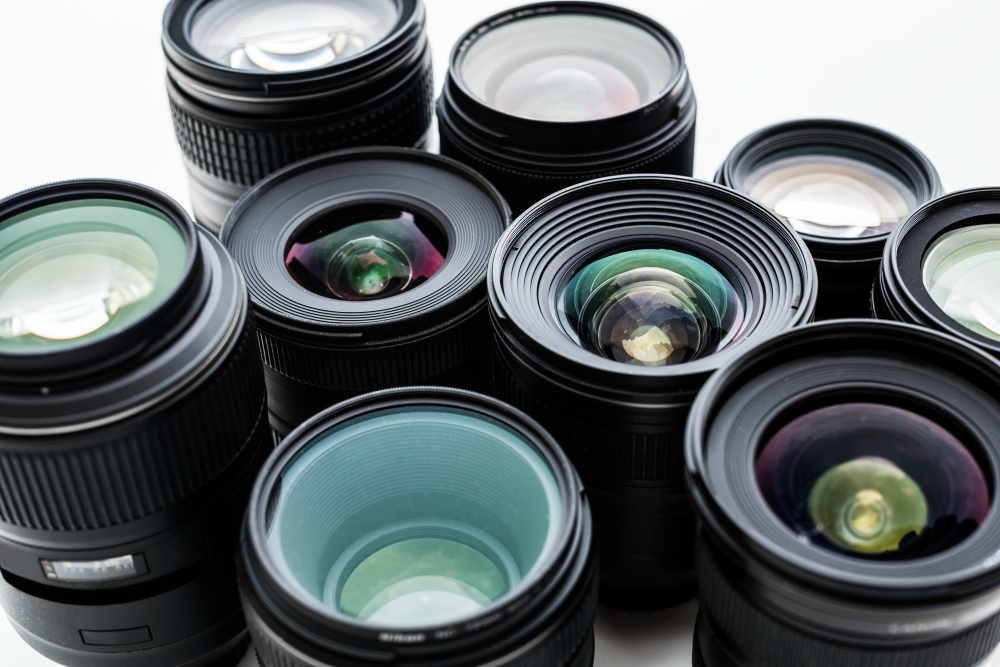The journey of photography has been remarkable. Central to this journey is the camera lens. Its evolution tells a story of innovation and creativity. Understanding its history helps us appreciate modern photography and its incredible possibilities.
The Early Days of Camera Lenses
Photography began as a simple concept. Early lenses were basic and lacked precision. In the 16th century, scientists experimented with glass and light. This led to the creation of lenses that could focus light more effectively. The 19th century saw major improvements. These advancements made early cameras more reliable and functional.

The Rise of Modern Optics
In the 20th century, the field of optics transformed. Manufacturers developed lenses for specific needs. Portrait photography, landscapes, and scientific uses all required unique lenses. This demand sparked the creation of wide-angle, telephoto, and macro lenses. Each one brought new possibilities to photographers.
Key breakthroughs included:
- Anti-reflective coatings to reduce glare.
- Precision grinding for sharper images.
- Compact designs for portability.
These innovations set the stage for today’s advanced camera lens technology.
The Move to Autofocus
Manual focus required skill and patience. Autofocus changed the game in the 1980s. It allowed cameras to adjust focus automatically. This feature was a major milestone for both professionals and hobbyists. Autofocus lenses brought speed and convenience to photography.
Despite this leap forward, manual lenses remained popular. Many photographers still preferred the creative control they offered.
Digital Era and Its Impact
The digital revolution reshaped photography. Camera lenses became more versatile and sophisticated. Features like image stabilization and enhanced zoom improved user experience. Lenses adapted to digital sensors, ensuring sharper results.
The variety of lenses available today is staggering. Whether you’re capturing wildlife or close-up details, there’s a camera lens designed for the task.
28-85mm Full-frame Cine Zoom Lens
Filmmakers often need versatile lenses. The 28-85mm full-frame cine zoom lens stands out. It covers a range of focal lengths, making it ideal for various shots. This lens type combines performance and flexibility for creators.
Jupiter 28-85mm Full-frame Macro Cine Zoom Lens 48% OFF offers a great deal for professionals and enthusiasts alike.
Special Lens Types
Advancements in lens technology introduced specialized options. Some of the notable types include:
- Macro Lenses: Perfect for close-up shots of small subjects like insects or flowers.
- Telephoto Lenses: Ideal for sports, wildlife, or events.
- Wide-Angle Lenses: Great for capturing landscapes or large groups.
- Prime Lenses: Known for their sharpness and simplicity.
Each of these lenses enhances creativity and storytelling in photography.

Challenges in Lens Design
Creating a great camera lens isn’t easy. Engineers must balance size, weight, and performance. Aberrations, distortion, and light loss are common issues. Advanced materials and computer designs help solve these problems.
The result is sharper, lighter, and more reliable lenses. Today’s lenses achieve what once seemed impossible.
Future of Camera Lenses
Technology continues to push boundaries. Lenses are getting smarter and more adaptive. Features like AI-assisted focusing and variable apertures are becoming common. Compact designs paired with enhanced optical performance are the focus of modern innovation.
The future holds exciting possibilities for both casual users and professionals.
Get Professional-Grade Camera Lenses for Less
The evolution of the camera lens showcases human ingenuity. From basic glass designs to today’s high-tech marvels, lenses have come a long way. They are more than just tools; they are gateways to creative expression.
As technology advances, the journey of the camera lens continues. Its rich history reminds us of the endless possibilities in photography.

